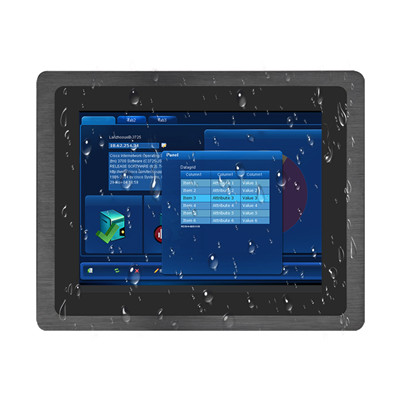Touch screens have introduced a range of accessibility features and improvements that make digital devices and technology more inclusive and user-friendly for individuals with disabilities. These accessibility features are designed to ensure that touch screen devices can be used by people with various impairments, such as vision, hearing, motor, or cognitive disabilities. Here are some common accessibility features found on touch screen devices:
- VoiceOver (iOS) and TalkBack (Android):
- These screen readers provide audible feedback to users with visual impairments, reading aloud on-screen text, buttons, and other elements. Users can navigate through the interface using touch gestures, and the screen reader will provide spoken descriptions of what’s under their finger.
- Magnification and Zoom:
- Users with visual impairments can zoom in on the screen to enlarge text and images. Some devices offer magnification gestures, allowing users to quickly zoom in and out with simple touch gestures.
- High Contrast and Color Inversion:
- High contrast modes and color inversion options help users with low vision by making text and interface elements more visible against different backgrounds.
- Text-to-Speech and Speech Recognition:
- These features enable users with speech or motor impairments to interact with the device using their voice. Text-to-speech converts written text into spoken words, while speech recognition allows users to dictate text and control the device through voice commands.
- Customizable Gestures:
- Users with motor disabilities can customize touch gestures to match their abilities. This includes adjusting touch sensitivity, enabling touch and hold features, and setting up shortcut gestures.
- Switch Control:
- Switch control allows individuals with severe motor impairments to interact with touch screen devices using external switches or specialized input devices. Users can scan through on-screen elements and select items using these switches.
- Haptic Feedback:
- Haptic feedback provides tactile sensations, such as vibrations, when interacting with the touch screen. This helps users with visual impairments and cognitive disabilities confirm actions and selections.
- Closed Captioning and Subtitles:
- Touch screen devices support closed captioning and subtitles for videos and multimedia content, benefiting users with hearing impairments.
- Assistive Touch (iOS):
- Assistive Touch is a feature that assists users with motor impairments by providing on-screen touch controls for common functions like tapping, swiping, and pinching.
- Sound and Visual Alerts:
- Sound alerts can be supplemented with visual cues, such as flashing lights or screen notifications, to accommodate users with hearing impairments.
- Braille Displays:
- Some touch screen devices can be connected to external Braille displays, allowing users with visual impairments to read Braille output directly from the screen.
- Accessibility Shortcuts:
- Many devices offer accessibility shortcuts that allow users to quickly toggle accessibility features on and off, making them more readily available when needed.
- Guided Access (iOS):
- Guided Access locks the device into a single app and restricts touch input to specified areas of the screen. This feature is helpful for users with cognitive impairments to stay focused on a specific task or app.
Overall, these accessibility features enhance the usability of touch screen devices for individuals with disabilities, promoting digital inclusion and ensuring that everyone can benefit from the convenience and capabilities of modern technology. Manufacturers and developers continually strive to improve and expand these features to address a broader range of accessibility needs.















